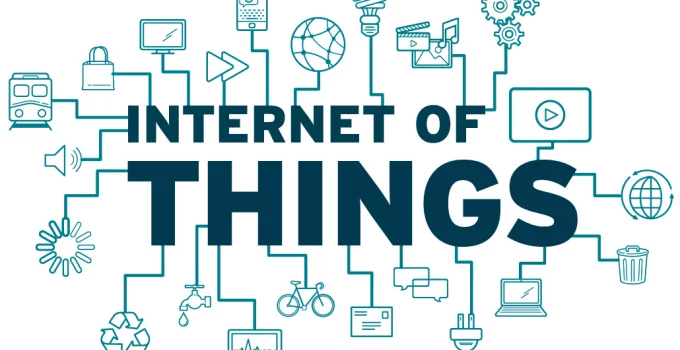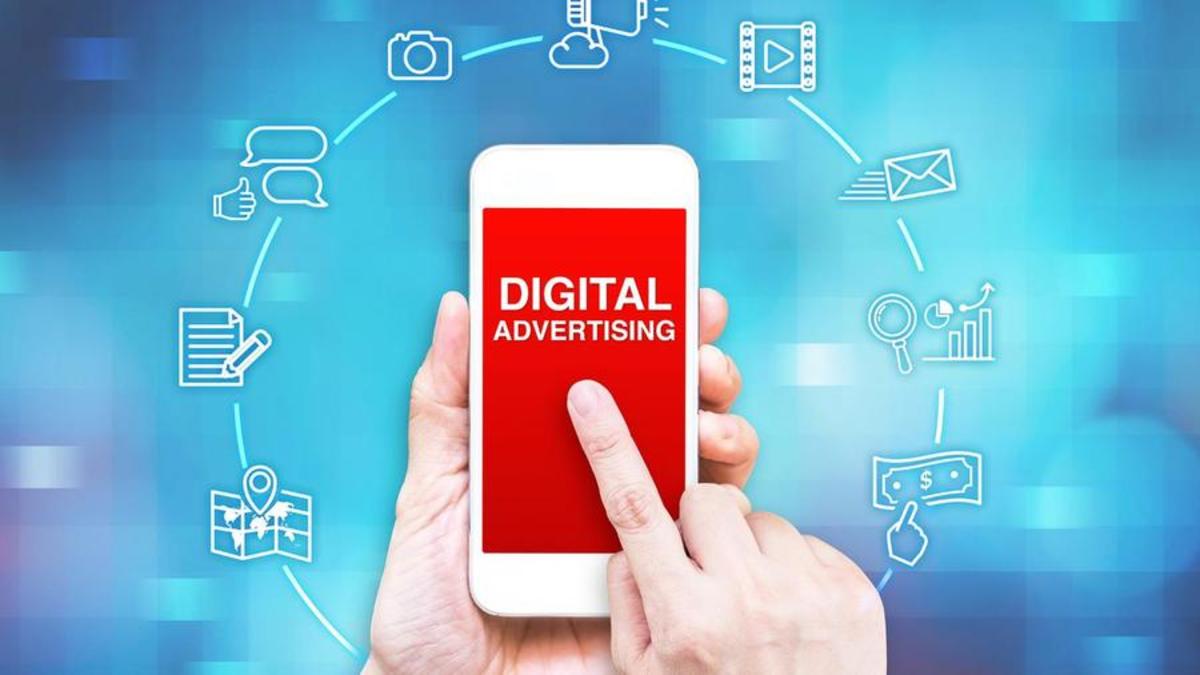
Introduction
Are you passionate about helping students with special needs reach their full potential? Special education consultant jobs offer a fulfilling career path for professionals who guide schools, teachers, and families in crafting the best learning plans. In this role, you’ll use your expertise in special education laws, teaching strategies, and assessment tools to make classrooms more inclusive. If you love problem solving, collaboration, and advocacy, a career as a special education consultant could be your perfect fit.
What Is a Special Education Consultant?
A special education consultant is a trained expert who supports students with disabilities. They work with schools and families to:
- Evaluate student needs through assessments and observations.
- Design individualized education programs (IEPs).
- Train teachers on effective teaching methods.
- Advise on assistive technology and classroom accommodations.
By bridging gaps between educators, therapists, and parents, consultants ensure that each child gets tailored support. This role demands strong communication skills and a deep understanding of special education laws and best practices.
Essential Skills for Special Education Consultants
To excel in special education consultant jobs, you need a mix of technical and interpersonal abilities:
1. Strong Communication
You must explain complex ideas clearly to teachers, parents, and administrators. Whether leading a workshop or writing IEP goals, clear and simple language helps everyone stay on the same page.
2. Assessment and Analytical Skills
Consultants use tests and observations to spot learning challenges. You’ll analyze data from assessments such as the Woodcock-Johnson or Vineland scales to recommend the right interventions.
3. Knowledge of Special Education Law
Understanding laws like the Individuals with Disabilities Education Act (IDEA) is vital. You’ll ensure schools comply with legal requirements for services, timelines, and parental rights.
4. Collaborative Mindset
You work closely with diverse teams: teachers, speech therapists, occupational therapists, and parents. Being a team player helps create well-rounded support plans.
5. Problem-Solving Abilities
Every student is unique. You’ll tailor solutions—from seating arrangements to behavior strategies—so students can learn in the best environment for them.
Key Qualifications and Certifications
Most employers look for the following credentials:
Bachelor’s Degree in Education or Special Education
A strong foundation in teaching methods and child development gives you the tools to design effective learning plans.
Master’s Degree (Preferred)
Many consultants hold a master’s in special education, educational leadership, or school psychology. This advanced training deepens your expertise in assessment, intervention, and research methods.
State Teaching Certification
A valid teaching license—often in special education—proves you have met state requirements to teach and understand classroom dynamics.
Certificate of Clinical Competence (CCC) or Related Credentials
For consultants focusing on speech-language or behavior, certifications like CCC from ASHA or Board Certified Behavior Analyst (BCBA) can boost your credentials.
Continuing Education Units (CEUs)
Laws and best practices change often. Attending workshops, webinars, and conferences keeps your skills fresh and shows employers you stay current.
Gaining Experience and Building Your Career
Your resume matters, but real-world experience sets you apart. Here are steps to build a strong background:
1. Teach in Diverse Settings
Classroom experience—especially in special education—gives you firsthand insight into student needs and teacher challenges.
2. Intern or Volunteer with School Districts
Many districts offer internships or volunteer roles where you observe IEP meetings and support service delivery.
3. Network with Other Professionals
Join local or national groups like the Council for Exceptional Children (CEC) or the Division for Early Childhood (DEC). Networking can lead to job leads and mentorship.
4. Develop a Specialty
Focus on areas such as autism spectrum disorders, behavioral supports, or assistive technology. Specialized skills make you more attractive to employers.
5. Share Your Knowledge
Present at conferences or publish articles in educational journals. Demonstrating thought leadership can open doors to higher-level consulting roles.
Career Outlook and Opportunities
The demand for special education consultants is growing. Schools face rising caseloads and complex needs, and they need experts to guide them. According to the U.S. Bureau of Labor Statistics, special education teaching jobs are projected to grow faster than average, which often leads to more consulting roles. Consultants work in various settings:
- Public and private school districts
- Private consulting firms
- Nonprofit organizations
- Early intervention programs
- Virtual consulting platforms
With experience, you might advance to roles such as program coordinator, director of special services, or educational program manager. Some consultants even start their own practices, offering specialized workshops, training, and personalized plans for multiple districts.
Conclusion
Building a career in special education consultant jobs means combining passion with expertise. You’ll need strong communication, analytical skills, and deep knowledge of education law. Earning degrees, certifications, and hands-on teaching experience lays the foundation. Networking and developing a specialty help you stand out. As schools strive to support every learner, your role as a consultant becomes crucial—shaping inclusive classrooms and bright futures. If you’re driven to advocate for students and empower educators, pursuing special education consulting could be your most rewarding career choice.




































